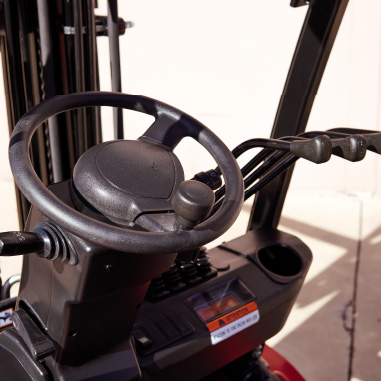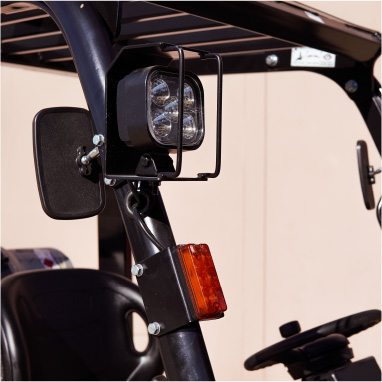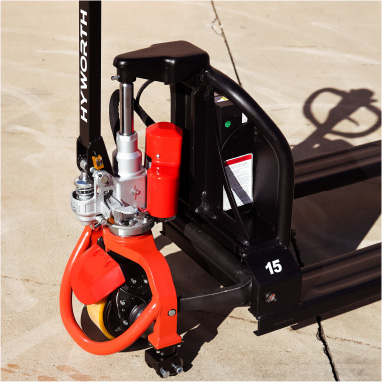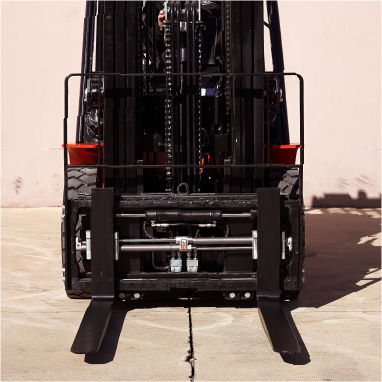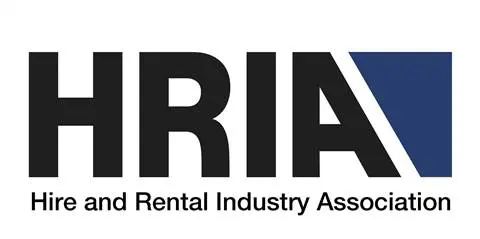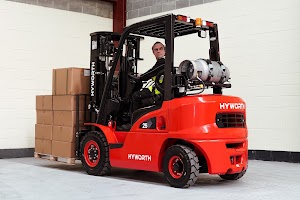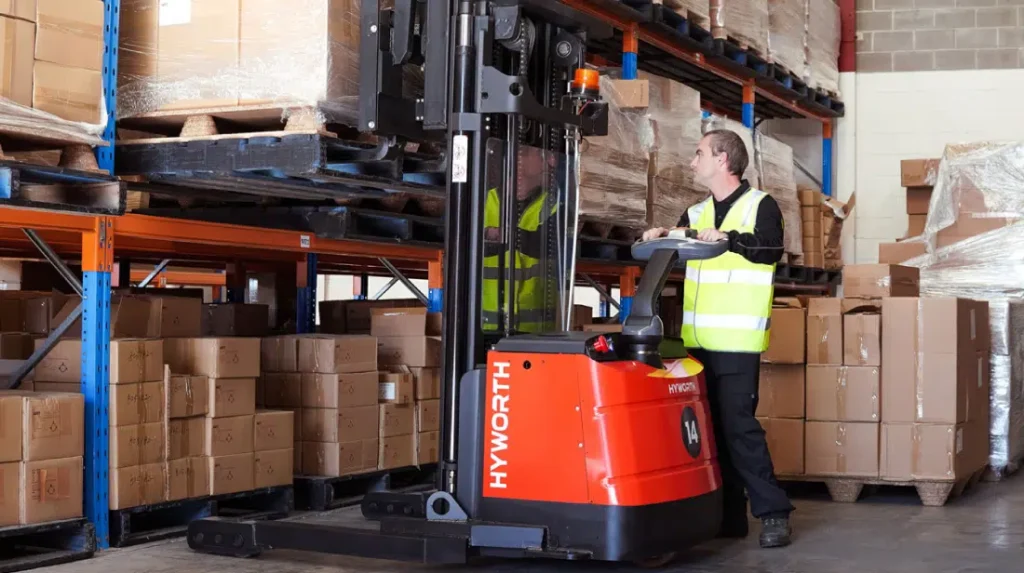
The risks associated with operating a forklift can be life-threatening. As a forklift provider, we have seen first-hand how following simple safety procedures can save lives.
Failing to implement and follow effective hazard prevention strategies can lead to dangerous consequences. The first step in prevention is identifying the hazards and implementing strategies to reduce the associated risk. Common forklift hazards include:
- Improper operation and use;
- Lack of education and training;
- Pedestrians;
- Load hazards;
- Overhead obstructions;
- Blind spots;
- Attachments.
Let’s talk about legal responsibilities.
PCBU is a broad term used throughout health and safety legislation and describes a ‘person conducting a business or undertaking.’ A set of legal requirements binds anyone who falls into this category to provide:
- A safe work environment;
- Safe systems of work;
- Safe and well-maintained machinery;
- Proper information, training and supervision.
Controlling risks in your workplace
According to Safe Work NSW, the best way to ensure you meet the above legal requirements to the best of your ability is to minimize the risks in your workplace by following The Hierarchy of Hazard Control. This system focuses on ranking the most effective ways to control risk in your workplace.
There are six steps in The Hierarchy of Hazard Control, which are:
1. Elimination
The most effective way to control risks has been proven to eliminate them in the first place. As forklifts are a critical part of many workplace operations, the next best thing is to eliminate the areas in which they are operated.
Forklift exclusion zones clearly define the areas where forklifts are not permitted under any circumstances. All operators need to be made aware of this during their training. However, line markings, signage and physical barriers can work in collaboration to prevent forklift operators from taking the forklift outside of the allocated area.
2. Substitution
Substitution involves finding the safest alternative to continue your daily business operations. Firstly, if you are operating an old and outdated forklift, it is critical to consider whether an upgrade may be required to improve the safety of your workplace.
By taking your outdated machine to a reliable forklift company like Hyworth Forklifts, we will be able to assess your current machine. If required, we will use an understanding of your business to match you with a machine that is the safest for your requirements.
3. Isolation
When operating a forklift, it can be difficult to be alert of everything around you at all times, especially when your vision may be blocked due to your positioning on the machine. Therefore, isolating pedestrians and moving forklifts by implementing Forklift Separation Barriers and clearly defining walkways will be a critical step to protecting pedestrians and bystanders from avoidable mistakes that can have life-threatening consequences.
4. Engineering/redesign
This step involves mitigating harmful activity through engineering and redesign. As speeding is one of the leading causes of forklift accidents, redesign strategies can be actively implemented to reduce the risk of employees speeding during operation. For example, speed limiting devices for forklifts can be fitted to the vehicle to limit the forklift travel speed.
5. Administration
Training and administration go hand in hand to educate your employees on safety in the workplace. Effective employee training involves regular and consistent refreshers on forklift operations, including the steps for pre-operational and operational safety checks. Forklift training should also refresh the importance of safely parking the forklift to be used by the next employee.
Additionally, as forklifts can be operated in many different environments, your workplace needs to have its own set of specific safety protocols. Signage should be tailored to address hazards that are likely to occur in your workplace. It also should be clearly visible to all employees involved in operation.
6. Personal protective equipment
The last point on The Hierarchy of Hazard Control involves using personal protective equipment to improve the safety of yourself and others. It is still essential that your team wears the correct protective clothing at all times. This includes the use of high visibility vests, to draw attention to other operators and pedestrians. Other protective equipment such as safety gloves or eye protection may be necessary depending on the type of work and the standard set by the warehouse manager.
Remember to review the control measures!
Once you have all your safety measures in place, it’s important to assess if they are as effective as they can be. Regular assessments should be carried out to ensure that safety measures are correctly implemented. In addition, ensure they are followed by your team and that you reduce exposure to any hazards.
If you would like to reduce risks associated with forklifts in your workplace and/or find out more about our short-term and long-term forklift hire options, talk to our skilled and helpful team today on 1300 499 678
